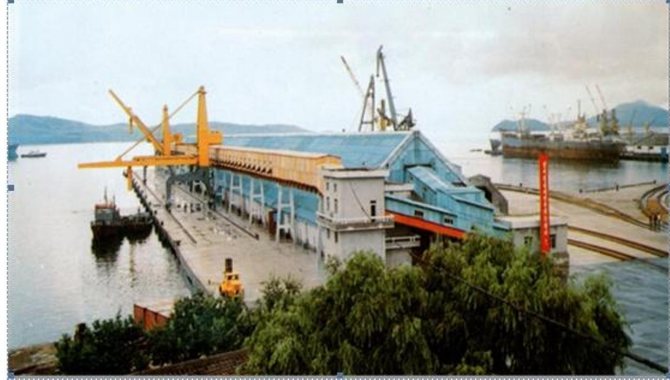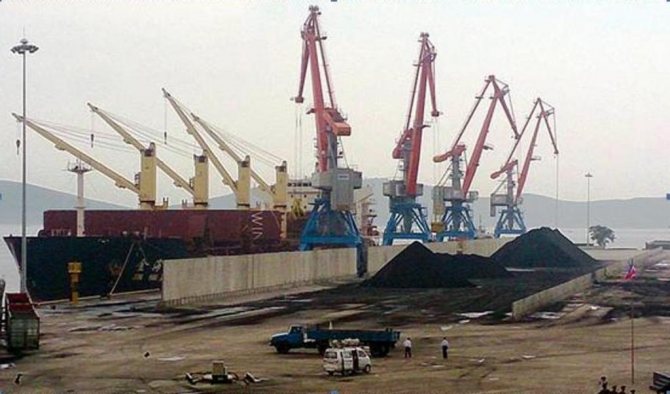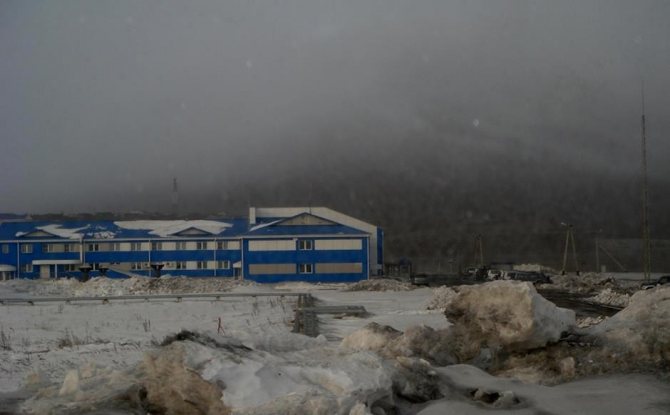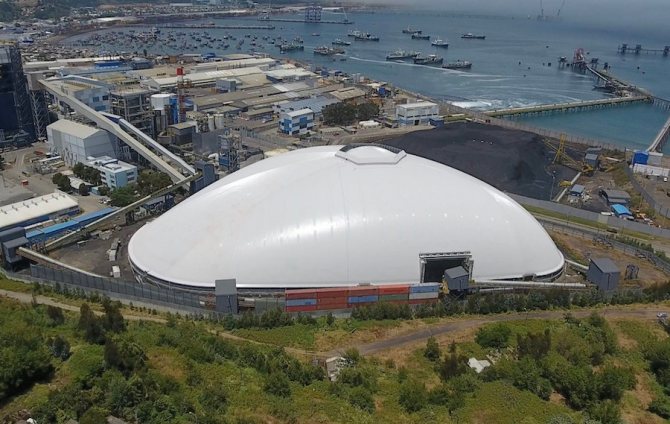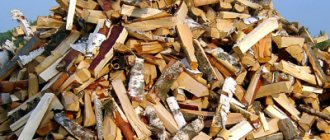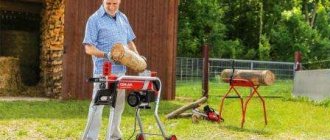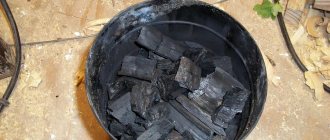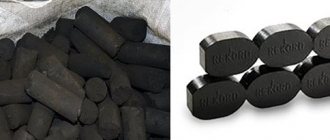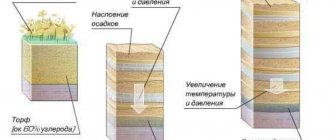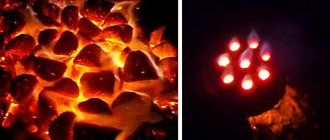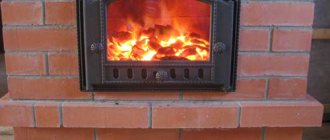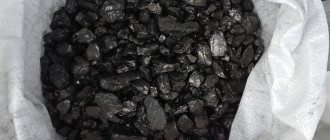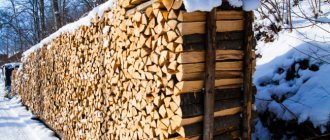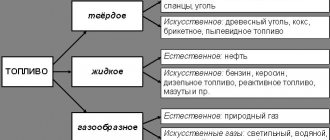Many homes in the private sector still have wood-burning stove heating. And there is no need to talk about the baths, they are almost all heated with wood. The only problem is that such fuel has become quite expensive today, which means that you need to look for an alternative. A very interesting idea to resolve this issue was suggested by the author of the YouTube channel "Mikhalych TV or by your own hands", who suggests making long-burning briquettes with your own hands from cardboard and coal dust. In today's review, other components of such fuel will also be considered.
Equipment you need to work
In order to make briquettes of long burning, you will need an old bathtub, a washing machine made in the USSR and a press that can be made by hand. In today's article there will be no instructions on how to make it, however, if a home craftsman decides to make such a press, it will be enough for him to see it in a photo example - there is nothing complicated there.
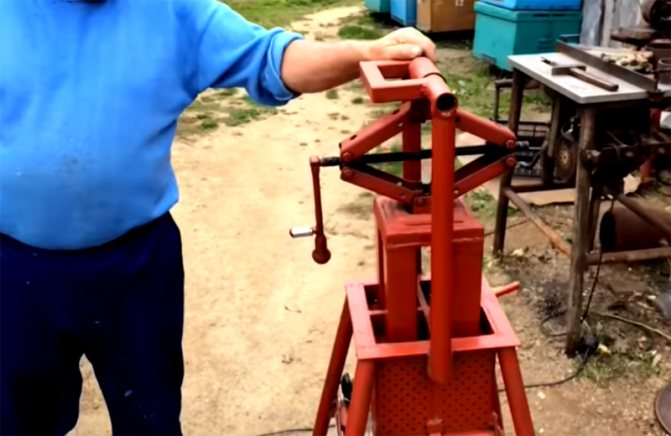
This is what a press for making long burning briquettes looks like.
Raw materials for briquettes, how to prepare it
As a raw material for long-burning briquettes, ordinary cardboard is used, which must be soaked in water for about one and a half days (more is possible). Before you soak the cardboard in the bathroom, you need to cut it into strips, so it is better saturated with water.
Now many are perplexed why such briquettes need cardboard, which burns very quickly in a fire. In fact, this is not entirely true. The soaked cardboard is needed as a binder, like cement in a solution. And it will not burn quickly - the press and coal dust will do their job.
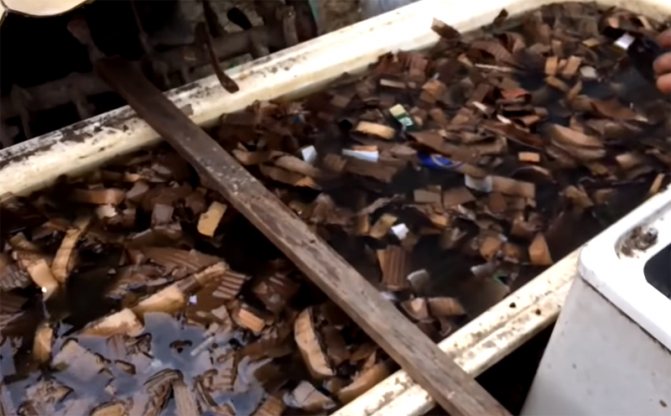

The cardboard is cut into strips and soaked in water for at least one and a half days
Loading raw materials into the washing machine
Old Soviet-made washing machines are good because they have survived to our times and continue to work, as they did three or four decades ago. In order to prepare the basis for long burning briquettes, it is best to use just such a trouble-free unit.
The soaked cardboard is loaded into the washing compartment a little more than half of the container. Why exactly in the washing machine? It is the ideal shredder for soaked cardboard. After all, in order to be able to mix it with coal dust, it is required to bring the cardboard to a mushy state, and the old washing machine copes with this task perfectly.
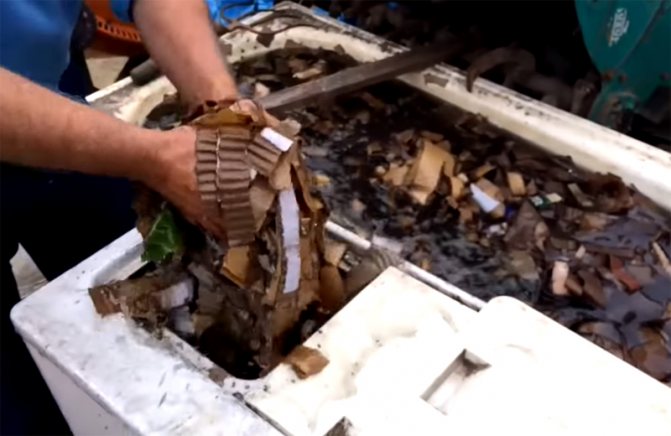

The soaked cardboard is loaded into the washing machine
Now you need to thin the mass a little. To do this, 2.5-3 buckets of water are poured into the machine (it is taken directly from the bath). By the way, in order to avoid too much consumption, the liquid squeezed out of the raw material by the press is also collected in a bucket and returned to the bath.
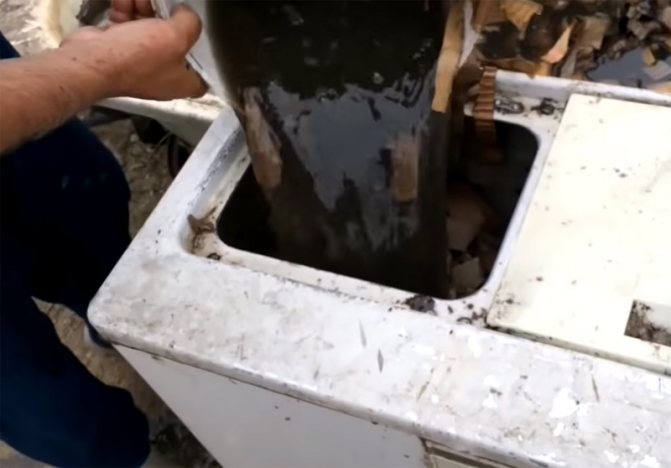

2.5-3 buckets of water are poured into the machine
Now you can start the washing machine and go do other things. However, don't count on a lot of time. Usually some 5-7 minutes are enough, after which you can continue downloading.
After the specified time, you should see how well the cardboard is ground. If everything is in order, you can add the next ingredient.
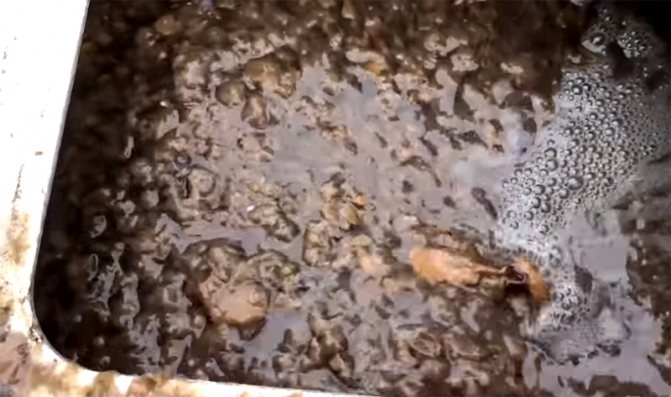

You should get such a mushy mass
Adding coal
Coal dust has always been considered waste. After all, it is quite problematic to heat the stove with it. The dust is too dense, and therefore completely blocks the flow of oxygen to the flame, as a result, the fire goes out. Here, coal dust will be mixed with cardboard particles, so there is no need to be afraid of problems in the supply of oxygen.
The entire batch of cardboard, which was shredded in a washing machine, will require a little more than half a bucket of coal dust. If you add more, then the briquettes will turn out to be loose, they will crumble, which means that there can be no talk of prolonged burning.
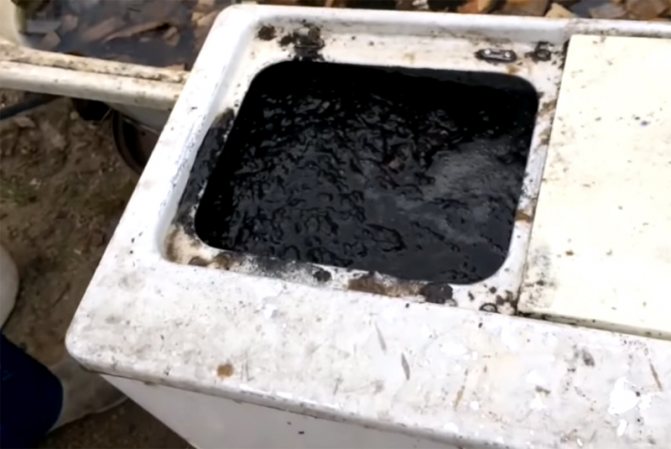

A little more than half a bucket of coal dust is poured into the crushed cardboard
A couple more minutes of machine operation, and the mass can be put into the press.
Media center
The answer - just by stopping coal mining - we do not consider. Experience in the Novosibirsk region shows that the problem of dust suppression can be solved by using bischofite - a brine based on magnesium. This solution is poured over the road along which dump trucks loaded with coal drive.
Coal dust has become a political topic, primarily due to riots and rallies of the population in the port cities of the Far East. However, locally protests against suspended matter in the air, which clearly do not enrich breathing. For example, last year a wave of negative publications hit. The leading producer and exporter of anthracite coal (UltraHighGrade) in Russia and in the world is mining in the Iskitimsky district of the Novosibirsk region.
The Novosibirsk region is not Kuzbass, although it borders on it; and it is difficult to imagine that just 60 km from the metropolis of Novosibirsk, raw materials so valuable for metallurgists are mined. Residents of the village of Urgun, through which a section of the technological road from the open pit to the processing plant, where anthracite is enriched, and then unloaded into wagons and sent for export, passes through, knew about the production, as they say, firsthand. The village itself is located outside the sanitary protection zone, but what on paper meets the standards does not look so beautiful in life.
However, the technological road, along which there is a constant flow of dump trucks (up to 120 vehicles per day), has been running along the mine and the village for several decades. The coal woke up, was crushed by wheels - and hung in the air. It should be noted that the amount of suspended solids has always been below the MPC level. But a couple of years ago, today's Urgun people got tired of it. Siberian Anthracite did not turn a blind eye to the requests of several hundred local residents and found a solution. And last year we tested it in practice.
The company modestly emphasizes that there is no particular innovation in the use of magnesium chloride brine, or bischofite. This tool has long been used in other regions, including the coal Kuzbass. But for the Novosibirsk region, bischofite, of course, has become a curiosity. Alexander Popov, chief editor of Oxygen.LIFE, went to the enterprise and to Urgun to see everything not only with his own eyes, but also to breathe in with his own lungs. It turned out that a simple innovation in general - a binder solution for dust suppression - works quite effectively, and everyone seems to be happy.
Ineffective "phlegm"
All mining enterprises have to deal with dust suppression in one way or another. It's just that coal miners always get more - due to the fact that coal dust is the most noticeable and unpleasant substance. Of course, this problem is most acute in ports. But even at the open-pit mines of Siberian Anthracite (Kolyvanskoye and Gorlovskoye), dust accounts for about half of the total mass of pollutant emissions into the atmosphere. The problem is exacerbated during the hot period - from May to October.
For many years, yes, in fact, the whole history that the open-pit mines are functioning, they fought with dust in the old-fashioned way - every two hours a water truck passed along the technological road and simply poured water on it. Scientifically, this is called the "wet" method of dust suppression. As noted in a publication in the journal "Ecology of Production" (No. 5 for 2020), such methods "are used to prevent dust from rising into the air during the destruction, loading and transportation of rocks; for dedusting the air or suppressing suspended dust with water; to prevent the re-entry of settled dust particles into the air.Water moisturizes and binds dust particles. "
Everything would be fine, but only "wet" methods of dealing with dust are not highly effective. The main drawback is obvious even to a person far from coal mining: the effect of watering the road, especially in summer, will be short, like the heat in Siberia. And this all turns out to be huge costs for the company - after all, you need to constantly drive cars with water, which means that somewhere to take not only water, but also gasoline, and the salaries of drivers, and bear the cost of depreciating equipment. To live "Groundhog Day" several times a day.
What is bischofite?
It was necessary to find a way in which the dust settling on the road simply could not rise into the air. There are such solutions, in "Siberian Anthracite" they opted for bischofite. It is granular or liquid magnesium chloride with a basic substance content (MgCl2) of 47%. Bischofite, which was named after the discoverer - the German geologist and scientist Gustav Bischof - contains a large amount of trace elements (about 65), due to which its composition surpasses sea salt and the salt of the Dead Sea. Extraction takes place by dissolving the mineral layer with artesian water and obtaining a concentrated salt brine.
A trial purchase from a manufacturer in Volgograd and test trials of this substance took place in the Iskitimsky district at the end of last summer. But then autumn came, followed by winter, and the problem by itself "resolved" thanks to the weather. “In spring and autumn, we do not use bischofite because of precipitation. In winter, it makes no sense either, in winter we are engaged in snow fighting so that the cars do not get stuck and do not slip. And we use bischofite from the end of April-May and, as the experience of last year showed, somewhere until mid-October. Everything dries up, and minerals, as well as crushed stone and sand, thaw on the roads. We use graders to clean up, but all this starts to get dusty, and we have to deal with dust suppression, ”says Aleksey Fedorov, head of the Siberian Anthracite Motor Transport Department.
Since this year, bischofite has been introduced into the practice of dust suppression in full. It looks like this. Concentrated particles, similar in appearance to coarse white salt, are diluted in water in about five minutes at a rate of one to four. The brine is poured into an ordinary watering machine and sent along the technological route to the open-pit mine closest to the enterprise. First, an ordinary water truck spills the road, and behind it - the one with the solution. Only this small, a couple of kilometers, area that passes by Urgun has to be sprayed. Throughout the further length of the road, up to the Kolyvan section (which is more than 40 km), there is no life so close to it.
For a square meter of gravel, the quality of which would be the envy of asphalt roads in many settlements, 100 grams of crystalline magnesium chloride is enough. Then you have to wait about 15 minutes, during which a semblance of a film forms on the surface of the track. The coating has a truly unique property: it absorbs moisture from the air and retains it for a long time, from five to 10 days. The road looks like it has just been sprinkled with rain; but coal dust does not rise and does not hang in the air, and, accordingly, does not scatter around the area. “Bischofite still has such a property that it does not dry out, but remains in a viscous state. And if a section of the road is covered with bischofite, then the machines roll it with wheels further, "adds Artem Burtsev, head of the environmental protection department of Siberian Anthracite.
Are there any downsides?
Cost. Siberian Anthracite does not disclose the cost of purchasing bischofite. But it is obvious that any amount in one way or another goes into costs - after all, the water with which the road was watered was and remains free (it is formed when seams are fractured at the section itself). However, the company emphasizes that in the end they still win.First of all, no matter how much water is wasted, the "wet" method of dust suppression is a priori ineffective. And after treatment with bischofite, you may not approach the road for a week.
Bischofite also extends the life of the roadway by providing soil stabilization. And all this, as a result, has a positive effect on the service life of trucks - including engines, which suffer from coal dust no less than the lungs of Urgun residents and employees of the enterprise.
Other advantages include significant time and cost savings. As already mentioned, the water carriers traveled along the road almost every two hours; it is enough to drive a car with bischofite solution once a week. The number of runs of watering machines is reduced 264 times a month, and the total water consumption over the same period is reduced by almost 100%. Finally, according to measurements by the Center for Hygienic Expertise LLC, a specialized laboratory accredited by Rosprirodnadzor, the use of bischofite reduces the presence of suspended solids in the air by 57-85%.
The main disadvantage is rain. “He washes everything away,” Alexei Fyodorov announces the verdict. So the company does not agree with the fact that nature does not have bad weather. But at the same time nothing remains of bischofite, no waste at all - if it is not washed off by rain, it rolls down and goes into the soil. It turns out that the land along the road in Urgun is abundantly fertilized with salts almost from the Dead Sea. By the way, bischofite is also used in Siberian Anthracite in winter. But not for watering, but against the freezing of coal in the carriages.
Laying and pressing the resulting mass
With the help of a small bucket, the resulting mass is poured into all 4 press compartments, the jack with platforms is lowered down. It must be understood that the compartments must be filled to capacity. After the press has completed its task, the briquettes will be only about 5 cm high.
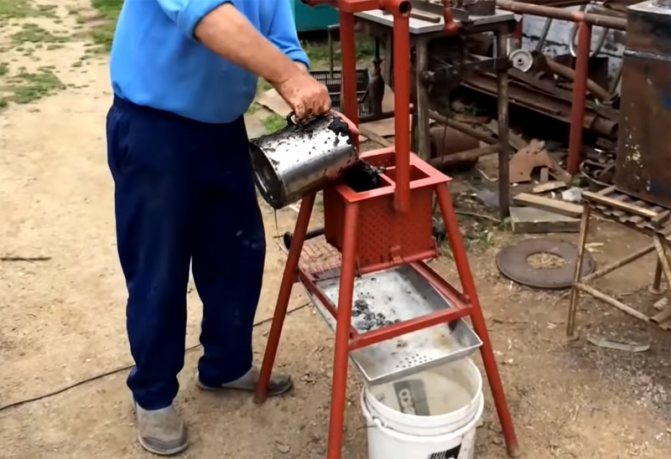

Press compartments are filled with a ready-made mass of cardboard and coal dust
By rotating the handle of the jack, the operator lowers the platforms down to the stop. All the squeezed water is drained through the gutter into a bucket - it will be subsequently used again.
The jack is designed in such a way as to neutralize human efforts. However, there comes a time when even he is not able to push the platforms further. Then you need to wait a couple of minutes until the remaining liquid drains away, and you can get almost ready-made briquettes. Why almost? Yes, they just need to dry thoroughly. While they are raw, they can be broken by dropping them from their height. But when the briquettes dry out, it becomes difficult to break them even with a hammer.
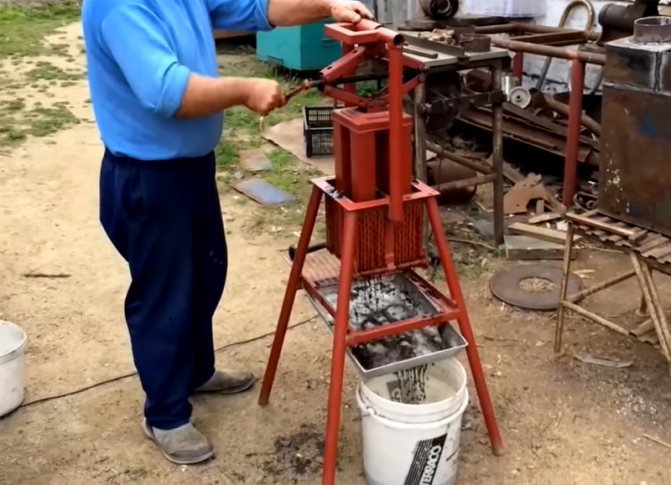

Using a jack, the mass is pressed into briquettes
Removing long burning briquettes from the press
After the jack is raised, the lid is opened from below under the compartments, and the briquettes are pushed out using a beater. In appearance, these are ordinary black cubes. In fact, a thoroughly dried briquette can turn into coal, which will provide heat 4-6 times longer than a birch log. And this despite the fact that the cost of manufacturing such fuel is practically not required - only a little water and electricity to operate the washing machine.
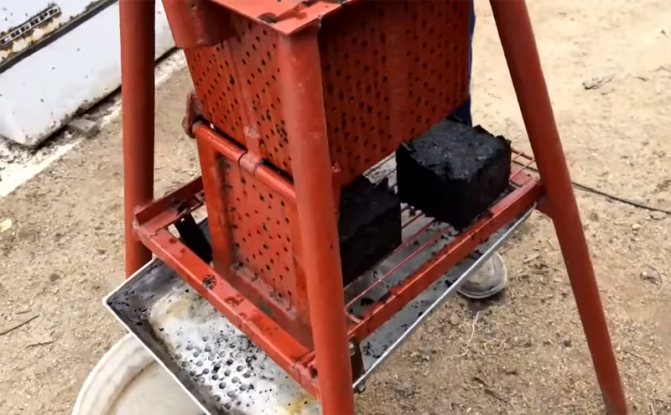

These are the neat briquettes that are obtained during the pressing process.
The resulting briquettes of long burning must be carefully folded and transferred to a dry place. There they will "reach" for another couple of days. But after that, the resulting fuel will give a large amount of heat to the person who made it. And it doesn't matter where they will be used, in a bathhouse or for heating a house.
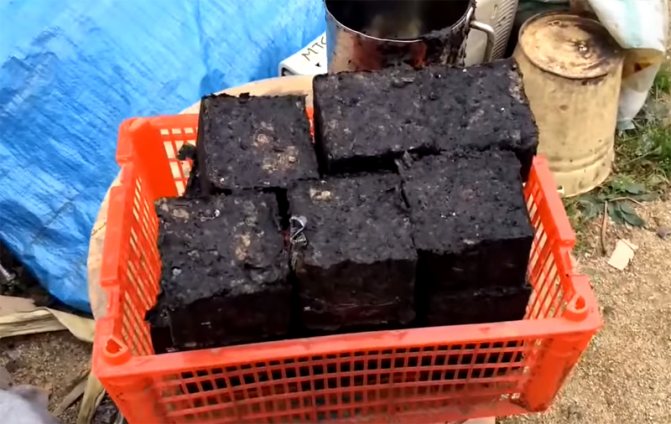

Briquettes must be carefully folded and sent to dry
Some features of the technology
By briquetting, you can turn coal dust, fines, screenings and substandard products into marketable products. The raw material for this is brown and black coals that come after washing and sifting on sieves.With low density and low heat of combustion, they have an important advantage - low cost. Anthracite is an expensive but highly efficient product with the best heat transfer rates, while brown coal is the most common and economical option. Pressed charcoal will require sophisticated technologies and additional equipment.
Read the same: the main types of coal and their purpose.
The shape and density of briquettes affect energy efficiency indicators: they are highly flammable, burn out evenly, maintain a constant temperature in the furnace and do not fall apart until the end of the process. The exothermic reaction time is from 6 to 12 hours, and after that only 3% of ash remains, while traditional coal forms about 30% of it. Packaged solid fuel can be stored in the open air, it does not freeze in the cold and does not collapse until the very end of combustion. Packaged products are delivered to retail or exported.
In this video, you will learn how briquettes are made from coal dust:
The properties of briquetted coal depend on the feedstock, its environmental friendliness and safety, and the form of packaging.
But the main difference exists between the two main varieties intended for use:
- in industry (the composition contains additives of a binder: coal pitch, petroleum bitumen, resin, molasses and lime, ammonium lignosulfonate or polymers);
- at home (without the addition of a binder).
Manufacturers of solid fuel for the needs of metallurgy and petrochemistry add liquid glass, cement, and bitumen mixtures to coal raw materials, which makes such a solid fuel unacceptable for use in residential premises. Therefore, briquettes of the first type are strictly prohibited when making a fire for cooking in home grills, barbecues and other ovens. The high temperatures generated by the briquettes will damage household equipment. Foodstuffs in contact with smoke from thermal decomposition of binders will become unusable. During combustion, toxic substances are released, which in industrial conditions are captured, purified and released into the atmosphere by special devices. Manufacturers of household briquettes used molasses and starch as a binder, but today these technologies have lost their practical value.
Other methods and recipes for making long burning briquettes
In fact, anything that burns can serve as a raw material for such a fuel. But soaked cardboard will always be taken as a basis. In any case, it is also soaked and crushed in a washing machine (you can use a drill with a mixer attachment, but this will take too much time). The difference will be in the second component. Instead of coal, you can fill in a couple of buckets of chopped leaves. You should not fall asleep with whole leaves - they will not be saturated with paper pulp, which means that the briquette will exfoliate and burn very quickly (and smoky).
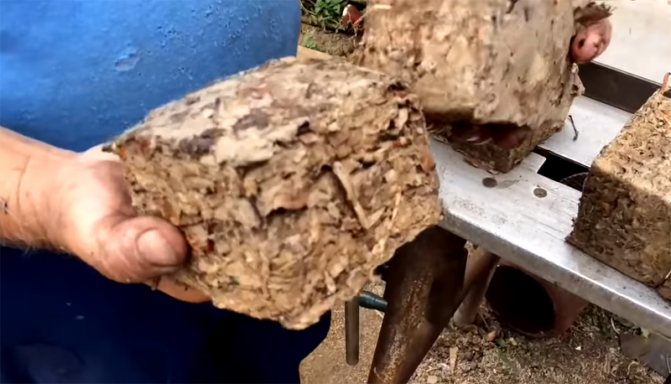

A briquette made of cardboard with foliage is a pretty good fuel for a stove
Another option is mixing shredded cardboard with sawdust. Many argue that this "recipe" is even better than using coal dust. This is quite possible, because there will be almost 4 times more sawdust in the composition than coal. Otherwise, everything is done identically to the first option.
Prevention of spontaneous combustion of coal dust using solid aerosol
V.G. Igishev Dr. Tech. Sci., Deputy General Director of JSC "NIIGD" I. D. Karlov engineer of JSC "NIIGD"
The effect of the addition of inert dust on the ignition of coal dust when heated under laboratory conditions has been investigated. The technique and results of heating the initial coal dust without an inert impurity and with its addition in the range from 5 to 25% by weight are described. It was found that the addition of inert dust stabilizes the self-heating temperature of coal dust below its ignition temperature.
The dependence of the chemical activity of coal on the degree of its grinding has been investigated in the works of many authors. In particular, in the fundamental monograph by A.A. Skochinsky and VM Ogievsky [1] provide data according to which a decrease in the particle size of coal from 0.35 ... 0.80 to 0.07 ... 0.15 mm doubles the relative oxidation rate. With an increase in the particle size of coal to 2.4 ... 4.7 mm, a fivefold decrease in its chemical activity is observed (Table 1).
Table 1 - Influence of particle size on the reactivity of coal
| Particle size, mm | Relative oxidation rate |
| 4,70-2,40 | 0,20 |
| 2,40-1,10 | 0,41 |
| 1,10-0,59 | 0,73 |
| 0,80-0,35 | 1,0 |
| 0,59-0,30 | 1,24 |
| 0,30-0,15 | 1,79 |
| 0,15-0,17 | 1,97 |
During the restructuring of the industry in Kuzbass, there was a constant increase in the load on the longwalls. According to VV Sobolev [2], from 1993 to 2001. the average daily load on the mechanized face increased from 719 to 1494 tons, i.e. twice. Moreover, in some longwalls it exceeds 8000 t / day. In the period from 2005 to 2011. the number of longwalls operating with a load of more than 1.0 million tons per year varied from 26 to 31 (on average 28).
The need to overcome the gas barrier with such a high load on the bottomhole predetermined the expansion of the field of application of direct-flow ventilation schemes and the introduction of schemes with methane removal through the mined-out space using gas suction units. The negative influence of this factor on the endogenous fire hazard is reflected in the work [3]. In this work, on the example of an endogenous fire in longwall No. 18-21 of the Tolmachevsky seam at the Polysaevskaya mine, which arose on September 19, 2001, the cause of this kind of accidents on the seam was revealed, which was not classified as prone to spontaneous combustion. In the entire history of its development, there has not been a single spontaneous combustion of coal at the mine.
The commission investigating the fire found that the cause of the endogenous fire was the presence of coal dust in the worked-out part of the seam. Air leaks during the operation of the gas suction fan (the lava was ventilated according to a combined scheme) was 200 m3 / min. The average speed of lava advance was 190 m / month. There were no coal losses in the seam thickness.
With the actual dust content in the longwall at the level of 325 mg / m3, the mass of coal dust carried out by air leaks during the day reached 31.6 kg. The total mass of dust deposited in the path of air leaks during the year exceeded 11 tons.
It should be noted that in Kuzbass, in individual longwalls with the capacity of gas suction units up to 400 m3 / min and more daily deposits of coal dust on the path of the methane-air mixture, reach 90-100 kg. In this case, it plays the role of a catalyst for the spontaneous combustion of coal, which was clearly indicated by A. Putilin back in 1933 [4]. However, the regulatory framework that was in force until 2007, in particular the basin-wide “Instructions for the prevention and suppression of underground endogenous fires in the mines of Kuzbass”, did not take into account the increase in the importance of the “coal dust” factor in conditions of mining prone to spontaneous combustion of mines by mechanized complexes with high [5] possible self-heating of coal dust deposits on the path of the methane-air mixture along the worked-out space is also not taken into account. Coal accumulations are considered without taking into account the fractional composition. To slow down their self-heating, only the use of liquid aerosols supplied to the cocurrent flow of air leaks is provided.
To fill this gap in laboratory conditions, the effectiveness of the influence of dry inert filler on the dynamics of heating the accumulation of coal dust of the fraction (-0.4 + 0.2) mm was studied. The filler was inert dust grade PIG with residues of 3.4 and 12.8% on sieves, respectively, 016 and 0063 at a rate of no more than 15.0 and 50.0% (GOST R 51569-2000). The mass fraction of particles less than 0.05 mm in size when assessing the fractional composition of coal and inert dust was 21.2 and 34.3%, respectively.
The studies were carried out according to the method described in [6].A glass retort with a sample of coal dust weighing 60 g was placed in an oven heated to a critical temperature (147 ° C). The air consumption for blowing the weighed-in retort was 500 cm3 / min. Temperature control was carried out using a mercury thermometer. The percentage of addition of inert dust to coal in the studies was 5, 10, 15, 20 and 25%. Coal grade DG of seam 67 of the Taldinskaya-Zapadnaya-1 mine was used for research.
The main idea of using dry solid aerosols as antipyrogens comes down to using the effect of temperature stabilization in the center of self-heating of coal dust below its ignition temperature. Therefore, for comparison, coal dust of the fraction (-0.4 + 0.2) mm was preheated without the addition of an inert filler. The research results are summarized in Table 2.
Table 2 - Temperature of stabilization of a sample of coal dust depending on the percentage of addition of an inert filler
| Inert dust addition,% | Time from the start of heating, min | Critical retort temperature, | Time from the start of heating, min | Critical temperature of ignition of the sample, ° С | Time from the start of heating, min | Ignition temperature of the sample, ° С | Time from the start of heating, min | Sample stabilization temperature, ° С |
| 0 | 84 | 147 | 46 | 90 | 130 | 248 | — | — |
| 5 | 89 | 147 | 41 | 90 | 222 | 292 | — | — |
| 10 | 87 | 147 | 45 | 90 | 240 | — | 240 | 240 |
| 15 | 102 | 147 | 36 | 90 | 321 | — | 183 | 184 |
| 20 | 150 | 147 | 39 | 90 | 227 | — | 153 | 182 |
| 25 | 154 | 147 | 30 | 90 | 240 | — | 147 | 176 |
| Empty retort | 249 | 147 | 60 | 90 | — | — | — | — |
In the temperature range from 74 to 90 ° C, when coal dust was heated without the addition of inert dust, an abundant release of moisture was observed. The combustion center was recorded at a temperature of 248 ° C. The critical temperature of heating the empty retort, which ensures the ignition of dust, is 147 ° C. From the data in Table 2, it can be seen that the 5% by weight addition of inert dust does not ensure the stabilization of the temperature of the sample below the temperature of 248 ° C. However, in this case too, there is an antipyrogenic effect. It provides an increase in the time of self-heating of coal dust to the ignition temperature by 1.7 times.
With an increase in the inert filler to 10, 15, 20 and 25%, thermodynamic stabilization of the heterogeneous coal-air system occurs at a temperature level of 240 ... 176 ° C, which is 8 ... 72 degrees below the ignition temperature of coal dust without an inert additive.
Thus, the performed studies made it possible to recommend inert dust as a solid aerosol, the supply of which to the worked-out space in the cocurrent flow of the methane-air mixture prevents spontaneous combustion of coal dust deposited on the way of its movement. With a 25% addition sufficient for this purpose, the volume of the consumed inert filler in the "Instructions ..." [7] is increased to 100% based on the provision of explosion safety.
BIBLIOGRAPHIC LIST
1 Skochinsky, A.A. Mine fires / A.A. Skochinsky, V.M. Ogievsky. - M .: Ugletekhizdat, 1954 .-- 387 p.
2 Sobolev, V.V. Establishment of patterns of dust formation processes during the operation of high-performance coal mining equipment: abstract of Ph.D. dis. ... doct. tech. Sciences / V.V. Sobolev. - Kemerovo, 2002 .-- 47 p.
3 Khramtsov, V.I. Reduction of endogenous fire hazard during combined ventilation of working faces / V.I. Khramtsov, V.G. Igishev, V.A. Gorbatov, A.F. Sin // Fighting accidents in mines. –Kemerovo: Kuzbassvuzizdat, 2003. - pp. 22–24.
4 Putilin A. The latest data on self-heating of coal / A. Putilin. - Kharkiv-Kiev: Publishing house of VUGILLA I RUDA, 1933. - 144 p.
5 Guidance on the application of methods of inhibition of the development of self-heating of coal in the mined-out spaces of the excavation fields of mines. - Kemerovo, 1987 .-- 60 p.
6 Technological schemes for prevention, localization and suppression of endogenous fires in mines / V.A. Gorbatov, V.G. Igishev, V.B. Popov, A.V. Lebedev, L.P. Belaventsev, V.A. Portola, A.F. Syn. - Kemerovo: Kuzbassvuzizdat, 2002 .-- 177 p.
7 Instructions for the prevention and suppression of endogenous underground fires in the mines of Kuzbass. - Kemerovo, 2007 .-- 77 p.

